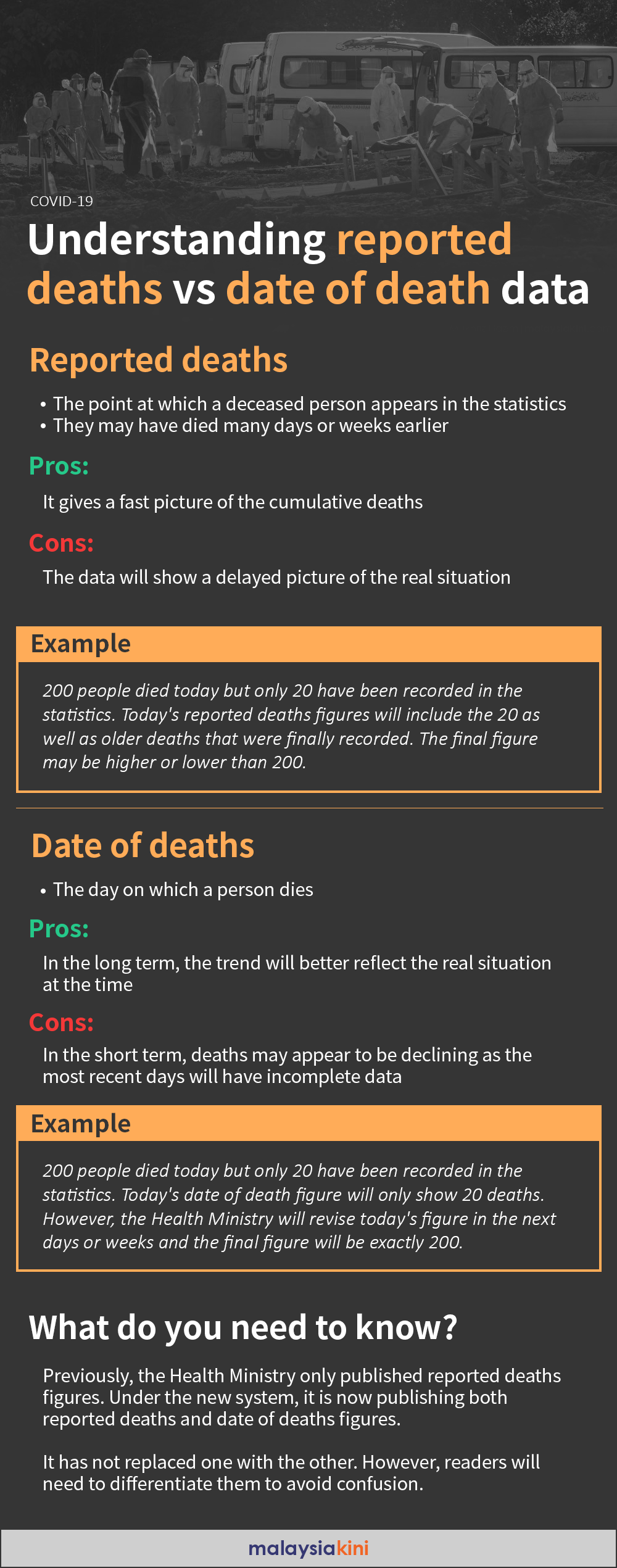Sydney set to unveil freedom roadmap as more COVID-19 curbs eased
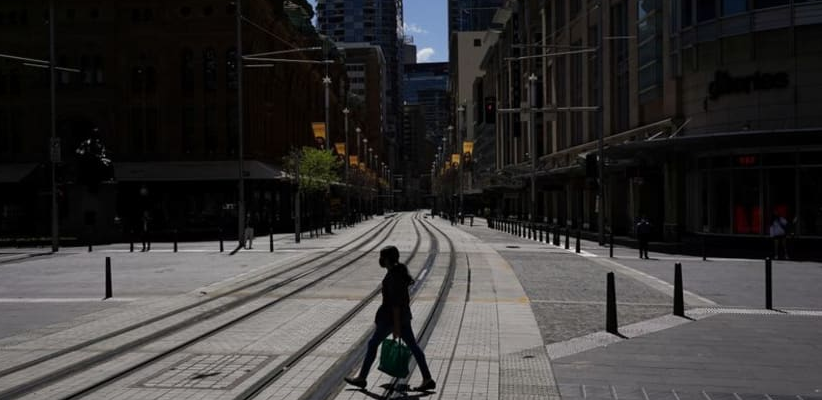
SYDNEY: Australia’s New South Wales government plans to unveil its roadmap on Monday (Sep 27) for reopening the state from COVID-19 shutdowns, detailing the differing levels of freedoms to be afforded to citizens based on their vaccination status.
With 60 per cent of people aged 16 and above fully inoculated – above the national average of 52 per cent – officials expect to reach their 80 per cent target around the end of October, based on current vaccination rates.
“You will be surprised at what will be announced,” Deputy Premier John Barilaro told 2GB radio. “If you want the freedoms we are talking about right across the board, you’re going to have to be vaccinated.”
The state began easing some restrictions on Monday, including in the capital Sydney, allowing construction sites to return to full capacity and outdoor swimming pools to reopen with social distancing measures in place.
Authorities on Sunday promised travel within the state will be permitted when the 80 per cent threshold is reached.
Australia is in the grip of a third wave of infections, fuelled by the highly infectious Delta variant, which has forced lockdowns in Sydney and Melbourne, its largest cities, and the capital Canberra.
The federal government’s national reopening scheme is predicated on Australia reaching a 70 to 80 per cent vaccination rate for its adult population. However, some virus-free states have said they may keep their borders closed even when that target is reached.
Victoria, home to Melbourne, is expected to relax some curbs from Wednesday when the state’s first-dose vaccination rate is forecast to tick more than 80 per cent. Officials reported 705 new cases in the state on Monday, the third straight day of decline, and one new death.
By closing its borders early in the pandemic, Australia managed the COVID-19 crisis better than many comparable countries. However, the arrival of the Delta variant in Sydney in June led to the country’s biggest surge in infections – about 68 per cent of its almost 100,000 cases have been reported since then.
The fatality rate, however, has slowed this year due to the higher vaccination levels among the most vulnerable. A total of 1,232 deaths have been registered.
Covid-19 deaths (Sept 27): 278 reported fatalities, total at 25,437

COVID-19 | The Health Ministry’s Github data repository reported a total of 278 Covid-19 fatalities yesterday (Sept 26), bringing the cumulative death toll to 25,437.
The daily reported deaths have been above 200 for 3 consecutive days.
From the newly reported deaths yesterday, 35.6 percent or 99 died before they could receive treatment at a hospital.
Selangor recorded the highest number of new deaths at 113, making up 40.6 percent of the newly reported fatalities.
The remaining deaths were in Johor (32), Penang (31), Kedah (27), Sabah (22), Kuala Lumpur (12), Kelantan (11), Sarawak (11), Perak (5), Terengganu (5), Malacca (4), Pahang (4) and Negeri Sembilan (1).
No new deaths were reported in Perlis, Labuan and Putrajaya.
A total of 149 out of the 278 reported deaths occurred in the last seven days.
The remaining deaths occurred more than a week ago but were only recorded yesterday due to delays in data reporting.
An average of 330 Covid-19 deaths were reported daily in the last 30 days compared to the seven-day average of 285, indicating a downtrend.
To date, 8,782 Covid-19 deaths have been reported this month.
A total of 7,642 Covid-19 deaths were reported in August, 3,858 in July, 2,380 in June and 1,302 in May.
As of yesterday, there were 183,289 active Covid-19 cases. This is a reduction of 12.9 percent from the 210,468 active infections a week ago.
Compared to 30 days ago, the number of active cases has fallen by 31.0 percent from 265,698.
The Health Ministry’s post-midnight update also provided further insights into the new Covid-19 infections yesterday.
From the 13,104 new cases yesterday, a total of 825 of them could be traced to ongoing Covid-19 clusters.
From the cluster-linked cases, 541 (65.6 percent) were from workplaces while another 222 (26.9 percent) were community transmission.
Another 51 (6.2 percent) were from clusters linked to education institutions.
The remaining cases were traced to clusters related to high-risk groups such as old folks home (6 – 0.7 percent), detention centres (5 – 0.6 percent), religious events (0 – 0.0 percent) and imported (0 – 0.0 percent).
Previously, the Health Ministry released deaths statistics together with the number of new Covid-19 cases in the evening. This had since changed.
Deaths statistics are now released after midnight along with other more detailed data. Malaysiakini reports them in the morning.
Source:Malaysiakini
New York may tap National Guard to replace COVID-19 unvaccinated healthcare workers
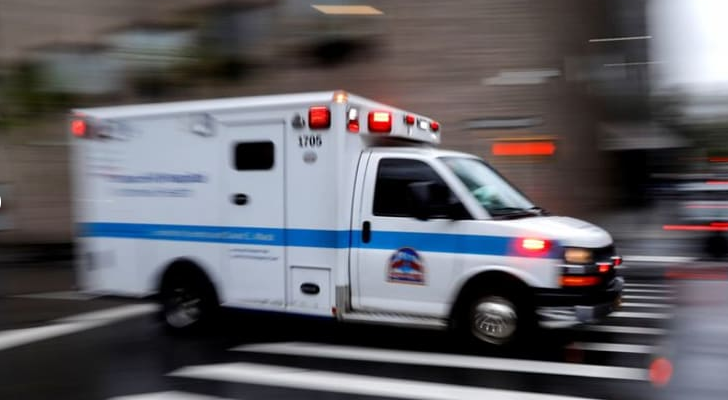
NEW YORK: New York Governor Kathy Hochul is considering employing the National Guard and out-of-state medical workers to fill hospital staffing shortages with tens of thousands of workers possibly losing their jobs for not meeting a Monday (Sep 27) deadline for mandated COVID-19 vaccination.
The plan, outlined in a statement from Hochul on Saturday, would allow her to declare a state of emergency to increase the supply of healthcare workers to include licensed professionals from other states and countries as well as retired nurses.
Hochul said the state was also looking at using National Guard officers with medical training to keep hospitals and other medical facilities adequately staffed. About 16 per cent of the state’s 450,000 hospital staff, or roughly 72,000 workers, have not been fully vaccinated, the governor’s office said.
The plan comes amid a broader battle between state and federal government leaders pushing for vaccine mandates to help counter the highly infectious Delta variant of the novel coronavirus and workers who are against inoculation requirements, some objecting on religious grounds.
Hochul attended the Sunday service at a large church in New York City to ask Christians to help promote vaccines.
“I need you to be my apostles. I need you to go out and talk about it and say, we owe this to each other,” Hochul told congregants at the Christian Cultural Center in Brooklyn, according to an official transcript.
“Jesus taught us to love one another and how do you show that love but to care about each other enough to say, please get the vaccine because I love you and I want you to live.”
Healthcare workers who are fired for refusing to get vaccinated will not be eligible for unemployment insurance unless they are able to provide a valid doctor-approved request for medical accommodation, Hochul’s office said.
It was not immediately clear how pending legal cases concerning religious exemptions would apply to the state’s plan to move ahead and terminate unvaccinated healthcare workers.
A federal judge in Albany temporarily ordered New York state officials to allow religious exemptions for the state-imposed vaccine mandate on healthcare workers, which was put in place by former Governor Andrew Cuomo and takes effect on Monday.
A requirement for New York City school teachers and staff to get vaccinated was temporarily blocked by a US appeals court just days before it was to take effect. A hearing is set for Wednesday.
The highly transmissible Delta variant has driven a surge in COVID-19 cases and hospitalisations in the United States that peaked in early September and has since fallen, according to a Reuters tally. Deaths, a lagging indicator, continue to rise with the nation reporting about 2,000 lives lost on average a day for the past week, mostly in the unvaccinated.
While nationally cases are down about 25 per cent from their autumn peak, rising new infections in New York have only recently levelled off, according to a Reuters tally.
In an attempt to better protect the most vulnerable, the CDC on Friday backed a booster shot of the Pfizer-BioNTech COVID-19 vaccine for Americans aged 65 and older, adults with underlying medical conditions and adults in high-risk working and institutional settings.
On Sunday, CDC Director Dr Rochelle Walensky fleshed out who should be eligible for the booster shots based on their work in high-risk settings.
“That includes people in homeless shelters, people in group homes, people in prisons, but also importantly, our people who work … with vulnerable communities,” Walensky said during a TV interview. “So our health care workers, our teachers, our grocery workers, our public transportation employees.”
Walensky decided to include a broader range of people than was recommended on Thursday by a group of expert outside advisers to the agency. The CDC director is not obliged to follow the advice of the panel.
Serbian troops on heightened alert at Kosovo border
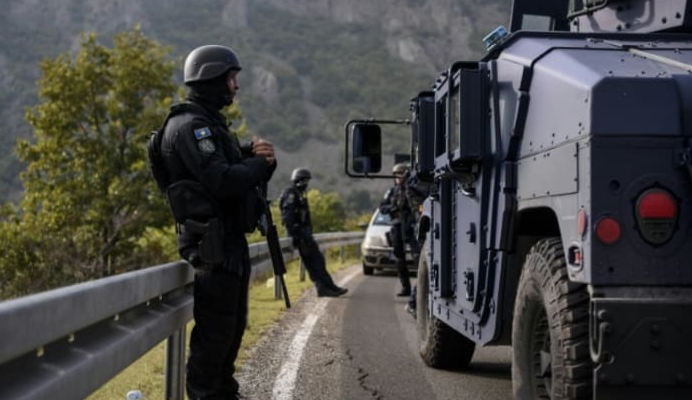
BELGRADE: Serbian troops were on a heightened state of alert on Sunday (Sep 26) after the government in Belgrade accused neighbouring Kosovo of “provocations” by sending special police units to the border.
Already tense relations between Serbia and its former breakaway region have grown worse since the ethnic Albanian-led government there on Monday despatched the police units to an area mainly populated by minority ethnic Serbs, who reject the authority of the government in Kosovo’s capital Pristina.
The deployment came as hundreds of ethnic Serbs have staged daily protests against a decision to require drivers with Serbian registration plates to put on temporary ones when entering Kosovo – a “reciprocal measure”, according to Pristina.
“No one here wants a conflict and I hope there won’t be one,” said a 45-year-old protester who identified himself as Ljubo and was camped at the Jarinje border crossing.
“We want Pristina to withdraw its forces and cancel the decision on licence plates.”
Hundreds of Serbs in Kosovo have been protesting and blocking traffic with trucks on the roads leading to two border crossings.
“After the provocations by the (special police) units … Serbian President Aleksandar Vucic gave the order to heighten the alert for some Serbian army and police units,” the defence ministry in Belgrade said in a statement.
Serbian fighter jets could again be seen overflying the border region on Sunday after several sorties on Saturday, an AFP correspondent reported.
DIPLOMATIC PRESSURE
The European Union’s chief diplomat Josep Borrell urged Serbia and Kosovo to reduce tensions “by immediately withdrawing special police units and dismantling of roadblocks”.
“Any further provocations or unilateral and uncoordinated actions are unacceptable,” he said in a statement.
NATO Secretary-General Jens Stoltenberg said he had spoken by phone to the Serbian president and Kosovar Prime Minister Albin Kurti.
“It’s vital both Belgrade and Pristina show restraint and return to dialogue”, he tweeted.
NATO troops have been deployed in Kosovo since the 1998-99 Serbian-Kosovar conflict.
Belgrade does not recognise Kosovo’s unilateral declaration of independence in 2008 and sees Pristina’s decision on the licence plates as implying its status as a sovereign state.
The Serbian head of state, Aleksandar Vucic, deplored the lack of reaction from the international community to “the total occupation for more than a week of northern Kosovo by Pristina’s armoured vehicles”.
“And everyone is suddenly worried when Serbian helicopters and planes are seen over central Serbia,” Vucic said in a statement, adding, however, that Serbia “will always behave responsibly and seriously”.
Kosovar Prime Minister Albin Kurti on Saturday accused Serbia of wanting to “provoke a serious international conflict”.
Early on Sunday, Serbian Defence Minister Nebojsa Stefanovic visited troops at two military bases where they are on alert, including one that is just a few kilometres from the border.
Belgrade designates border crossings between Serbia and Kosovo as “administrative”.
Serbian ally Russia also does not recognise Kosovo’s independence, but most Western countries do, including the United States.
For its part, NATO member Albania, “concerned by the escalation of the situation”, has asked Belgrade “to withdraw the armed forces deployed on the border with Kosovo”.
Kosovo President Vjosa Osmani cut short a visit to New York for the UN general assembly “because of developments in the north of the country”, her cabinet said.
Kosovo’s declaration of independence came a decade after a war between ethnic Albanian guerrillas and Serbian forces that claimed 13,000 lives, mostly ethnic Albanians.
The United States and the European Union have called for a de-escalation of tensions and for the two sides to return to normalisation talks, which the EU has mediated for about a decade.
The Serbian president said the normalisation process can resume only if Kosovo withdraws the special police forces from the north.
Sydney set to unveil freedom roadmap as more COVID-19 curbs eased
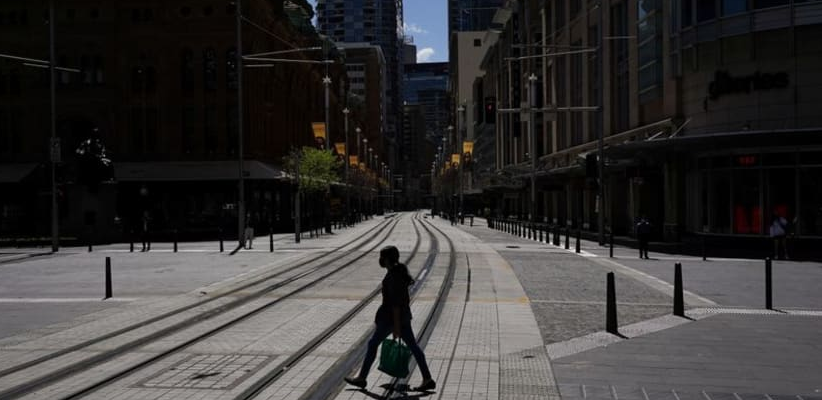
SYDNEY: Australia’s New South Wales government plans to unveil its roadmap on Monday (Sep 27) for reopening the state from COVID-19 shutdowns, detailing the differing levels of freedoms to be afforded to citizens based on their vaccination status.
With 60 per cent of people aged 16 and above fully inoculated – above the national average of 52 per cent – officials expect to reach their 80 per cent target around the end of October, based on current vaccination rates.
“You will be surprised at what will be announced,” Deputy Premier John Barilaro told 2GB radio. “If you want the freedoms we are talking about right across the board, you’re going to have to be vaccinated.”
The state began easing some restrictions on Monday, including in the capital Sydney, allowing construction sites to return to full capacity and outdoor swimming pools to reopen with social distancing measures in place.
Authorities on Sunday promised travel within the state will be permitted when the 80 per cent threshold is reached.
Australia is in the grip of a third wave of infections, fuelled by the highly infectious Delta variant, which has forced lockdowns in Sydney and Melbourne, its largest cities, and the capital Canberra.
The federal government’s national reopening scheme is predicated on Australia reaching a 70 to 80 per cent vaccination rate for its adult population. However, some virus-free states have said they may keep their borders closed even when that target is reached.
Victoria, home to Melbourne, is expected to relax some curbs from Wednesday when the state’s first-dose vaccination rate is forecast to tick more than 80 per cent. Officials reported 705 new cases in the state on Monday, the third straight day of decline, and one new death.
By closing its borders early in the pandemic, Australia managed the COVID-19 crisis better than many comparable countries. However, the arrival of the Delta variant in Sydney in June led to the country’s biggest surge in infections – about 68 per cent of its almost 100,000 cases have been reported since then.
The fatality rate, however, has slowed this year due to the higher vaccination levels among the most vulnerable. A total of 1,232 deaths have been registered.


